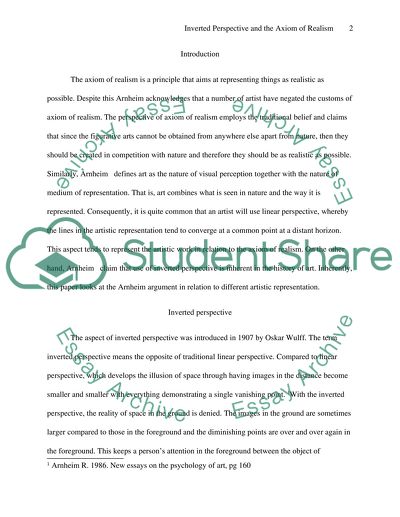Cite this document
(“Inverted perspective and the axiom of realism Essay”, n.d.)
Retrieved from https://studentshare.org/philosophy/1402831-inverted-perspective-and-the-axiom-of-realism
Retrieved from https://studentshare.org/philosophy/1402831-inverted-perspective-and-the-axiom-of-realism
(Inverted Perspective and the Axiom of Realism Essay)
https://studentshare.org/philosophy/1402831-inverted-perspective-and-the-axiom-of-realism.
https://studentshare.org/philosophy/1402831-inverted-perspective-and-the-axiom-of-realism.
“Inverted Perspective and the Axiom of Realism Essay”, n.d. https://studentshare.org/philosophy/1402831-inverted-perspective-and-the-axiom-of-realism.


